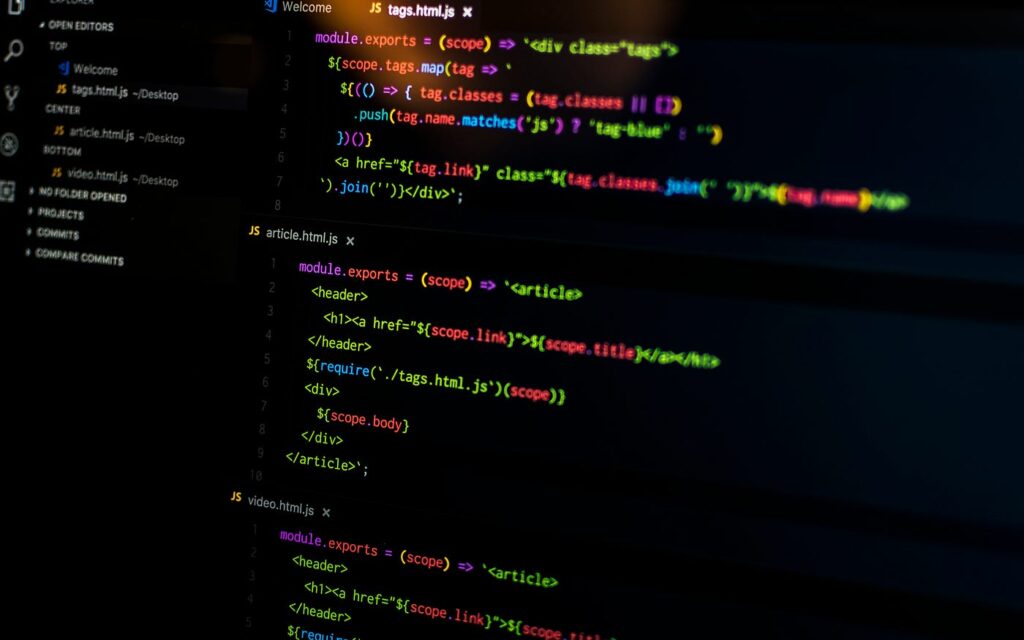Java is one of the most popular programming languages used today. According to the latest stats, Java is used by over 7.6 million developers and powers around 3 billion devices worldwide. This makes it a critical language to learn and use effectively.
However, even the most experienced Java developers can make mistakes, leading to bugs, errors, and security vulnerabilities. Thus, while hiring Java developers, ensuring they have a solid understanding of the language’s best practices and common pitfalls is essential.
In this blog, we will explore Java developers’ top 10 most common mistakes and how to avoid them.
So, let’s dive in!
Top 10 Common Mistakes That Java Developers Make

Source: medium.com
Here we’ll address ten Java problems we think are the most common mistakes.
Let’s explore:
Mistake 1- Not following the Coding Convention
One of Java developers’ most common mistakes is following coding conventions. These conventions are established to ensure that the code is consistent and easy to read. When Java developers fail to follow these conventions, it can make code difficult to understand, leading to bugs and errors.
Mistake 2- Not Handling Exceptions Properly
Java has a robust exception-handling mechanism, but many developers need help to use it properly. This can lead to crashes and other issues that can be difficult to diagnose and fix. Developers should always handle exceptions properly to avoid these issues.
Mistake 3- Not Using Design Patterns
Design patterns are a set of best practices that can help developers design more efficient and maintainable code. Many developers need help to use design patterns, leading to poorly designed code that can be difficult to maintain.
Mistake 4- Not Understanding Concurrency
Concurrency is another core feature of Java, and developers must understand how its works. Failing to understand concurrency can lead to race conditions and other issues that can be difficult to diagnose and fix.
Mistake 5- Not Using Appropriate Data Structures And Algorithms

Source: levelup.gitconnected.com
Choosing the right data structures and algos can significantly impact the performance of a Java application. Many developers need to use appropriate data structures and algorithms, leading to slow performance and inefficiencies in the code.
Mistake 6- Not Optimizing Database Queries
Database queries can be a major bottleneck in Java applications. Many developers need help to optimize database queries, leading to slow performance and inefficiencies in the code.
Mistake 7- Not Optimizing Code
Another mistake that developers make is not optimizing code. This can lead to slow performance and inefficiencies in the code. To avoid this mistake, developers should always optimize code, particularly performance-critical applications.
Mistake 8- Not Understanding Object-Oriented Programming
Object-oriented programming is a core feature of Java, and developers must understand how it works. Failing to understand object-oriented programming can lead to poorly designed code, making debugging and maintaining code more complex.
Mistake 9- Not Testing Code Thoroughly
Testing is essential to software development, but many developers must thoroughly test their code. This can lead to bugs and errors that can be difficult to find and fix. To avoid this mistake, developers should always test their code thoroughly before releasing it.
Mistake 10- Not keeping up with updates and security patches
Java constantly evolves, and developers must keep up with the updates and security patches. Failing to do so can lead to security vulnerabilities and other issues that can be difficult to fix.
Java Development Best Practices

Source: medium.com
Here are some best practices that every Java developer should know-
- Use Proper Naming Conventions- Use meaningful names for variables, methods, classes, and packages that reflect their packages.
- Write Readable Code- Write code that is easy to read and understand. Use proper indentation, comments, and whitespace to make your code more readable.
- Follow The Solid Principles- The SOLID principles ( Single responsibility, Open/Closed, Liskov Substitution, Interface Segregation, Dependency Inversion) are guidelines for writing clean, maintainable, and scalable code.
- Use Design Patterns- It solves common problems in software development. Common design patterns include Singleton, Factory, Observer, and Decorator.
- Eliminate Memory Leaks- Memory leaks typically harm software performance. Java automatically manages memory, leaving little control in the hands of the developers.
- Avoid Creating Unnecessary Objects- Object creation is one of Java’s most expensive activities regarding memory usage. Thus, it is advised that objects only be created or initialized when necessary.
- Use Strings With Carefully- A new String Object is created each time two Strings are concatenated with the + operator in a for a loop. Memory is wasted, and performance time goes up.
- Avoid Using For Loops With Indexes- If the enhanced for loop or forEach can be used instead, try to avoid using the for loop with an index variable.
- Do Not Repeat Initializations- Although it is a common practice, implementing member variables with 0, false, and null values are not allowed.
- Which is better: to float or to double? Inexperienced programmers frequently need help to tell the difference between Double and Float; although they are familiar with the fundamentals, they often make the same decision in every situation.
- Suitable Commenting- It should be used to give overviews of your code and to provide additional information that cannot be understood from the code itself, as a variety of people with diverse levels of Java experience will read your work.
- Creation of Unnecessary Items- The ideal Java practice is to avoid creating unneeded objects and only construct them when necessary because this is one of the memory-intensive operations.

Source: towardsdatascience.com
Closing Note
Avoiding these common mistakes can help Java developers create more efficient, maintainable, and secure code. If you want to hire Java developers, ask about their experience and knowledge of these issues. By avoiding these mistakes, Java developers can create better applications that meet the needs of their users.



